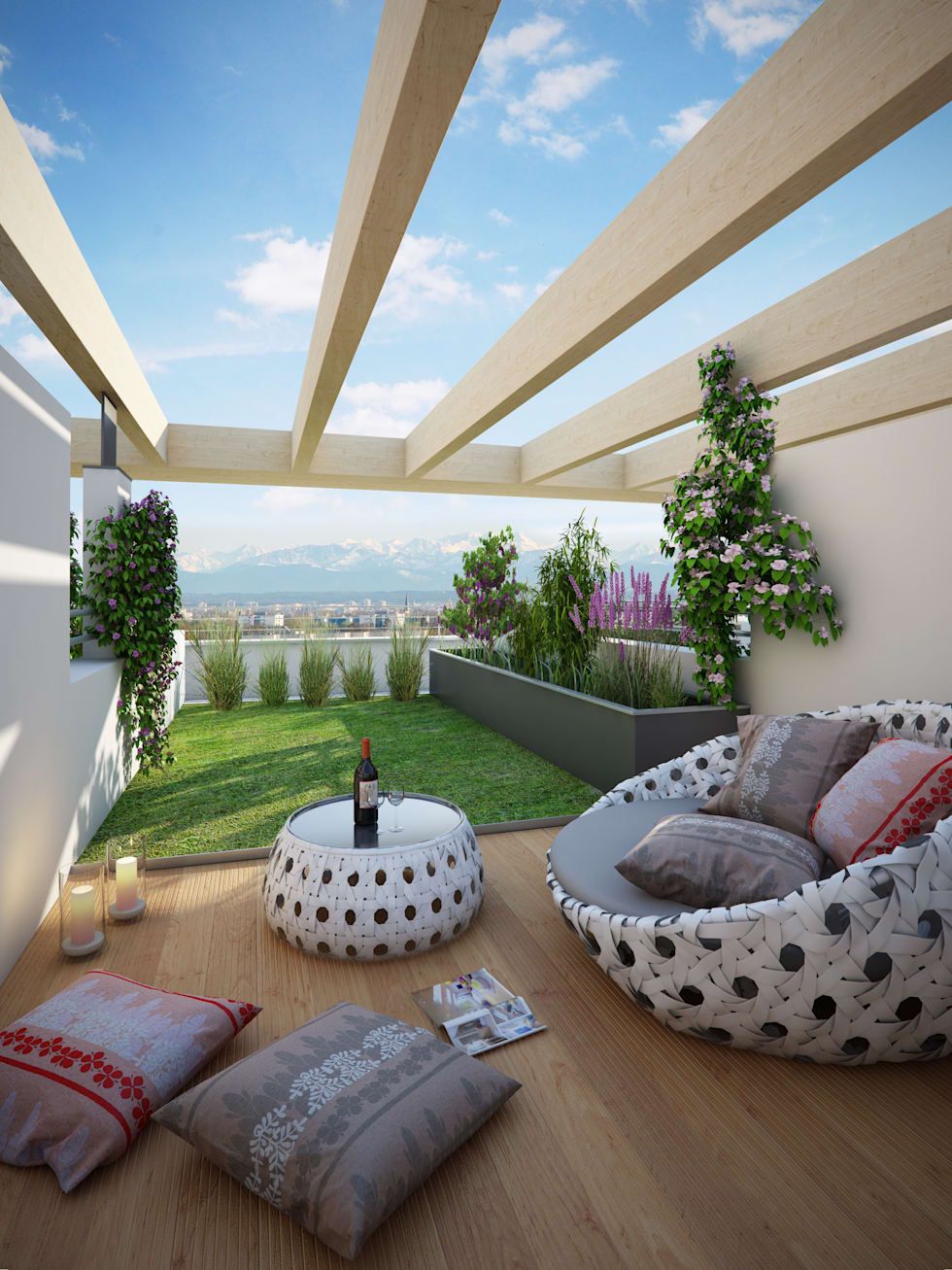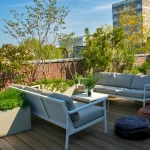A roof garden is a wonderful addition to any urban environment, providing a peaceful and green space in the midst of concrete jungle. These gardens are typically created on the roofs of buildings, utilizing the available space to grow plants and create a lush oasis. Not only do roof gardens add beauty to a building, but they also offer a number of environmental benefits.
One of the main advantages of roof gardens is their ability to reduce the urban heat island effect. By adding greenery to the roof of a building, the temperature inside the building can be reduced, leading to lower energy costs for cooling. The plants also help to absorb carbon dioxide and other pollutants from the air, creating a cleaner and healthier environment for all.
In addition to their environmental benefits, roof gardens also provide a number of social advantages. They can serve as a communal space for building residents or office workers, offering a place to relax, socialize, and enjoy nature. Roof gardens can also be used for events and gatherings, making them a valuable asset to any building or community.
Creating a roof garden does require some planning and maintenance, but with the right design and care, these gardens can thrive and provide beauty for years to come. It’s important to consider factors such as weight capacity, drainage, and access when designing a roof garden, as well as choosing the right plants for the space. Regular watering, pruning, and fertilizing will also be necessary to keep the garden healthy and vibrant.
Overall, roof gardens are a wonderful way to make use of wasted space and add beauty and greenery to urban environments. Whether on a residential building, office building, or public space, these gardens offer a plethora of benefits for both the environment and the community. With proper planning and maintenance, a roof garden can be a valuable and rewarding addition to any building.















